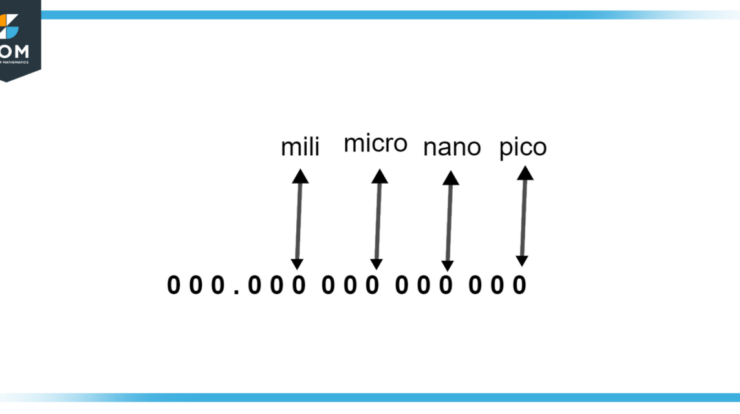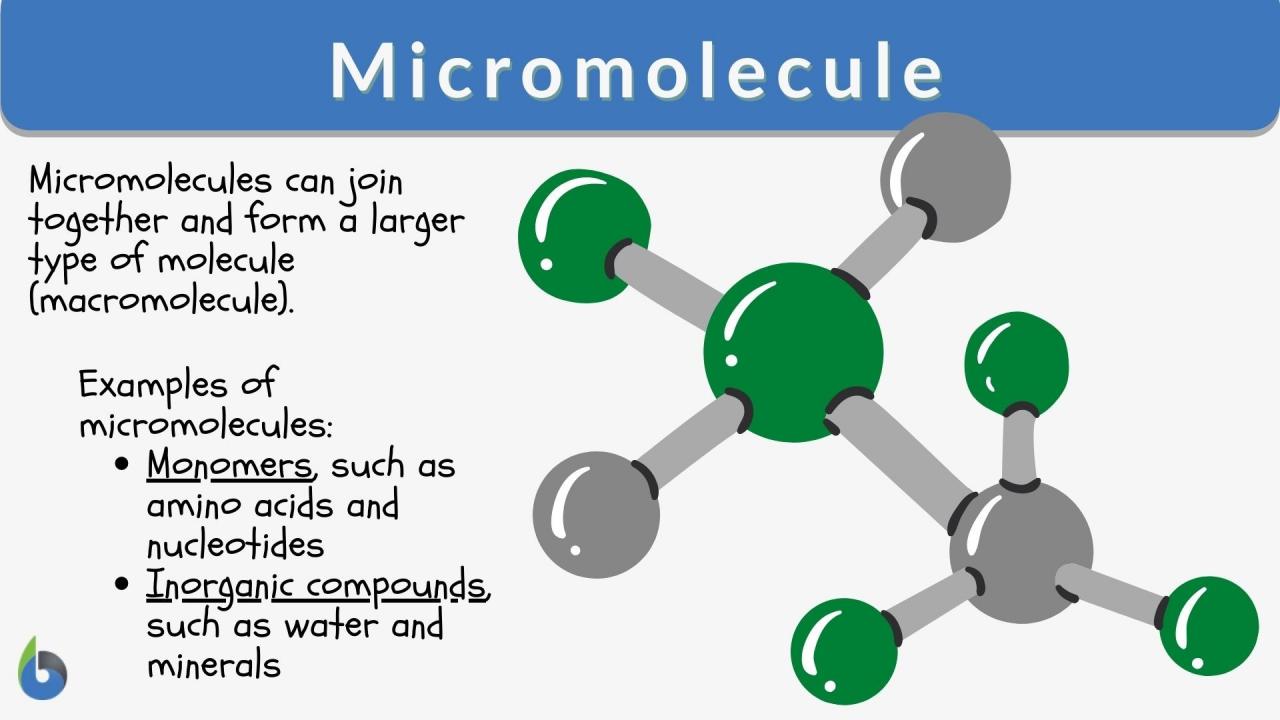
In the realm of communication, precision and clarity are paramount. Micro definitions, a specialized form of definition, serve as concise and powerful tools to convey the exact meaning of terms and concepts. This guide delves into the intricacies of micro definitions, exploring their elements, applications, and advantages.
Micro definitions are succinct statements that provide a clear and concise explanation of a specific term or concept. They are commonly employed in technical documentation, user manuals, and academic writing, where precision is essential for effective communication.
Micro Definition Basics

Micro definitions are concise, single-sentence explanations of a term or concept. They provide a quick and easy way to understand the meaning of a word or phrase without having to read a lengthy definition. Micro definitions are often used in technical documentation, user manuals, and academic writing.Micro
definitions are typically written in a clear and concise style. They should be easy to understand and should not contain any jargon or technical terms. The best micro definitions are written in a way that is both informative and engaging.
Micro Definition Elements
The key elements of a micro definition are:*
-*The term being defined
This is the word or phrase that is being explained.
-
-*The definition
This is the explanation of the term. The definition should be clear, concise, and accurate.
-*The context
This is the context in which the term is being used. The context can help to provide a better understanding of the meaning of the term.
Micro Definition Applications
Micro definitions are used in a variety of contexts, including:*
-*Technical documentation
Micro definitions can be used to explain technical terms and concepts.
-
-*User manuals
Micro definitions can be used to explain how to use a product or service.
-*Academic writing
Micro definitions can be used to explain key terms and concepts in a research paper or article.
Micro Definition Comparison
Micro definitions are similar to other types of definitions, such as extended definitions and operational definitions. However, there are some key differences between these different types of definitions.*
-*Extended definitions
Extended definitions are longer and more detailed than micro definitions. They typically provide a more comprehensive explanation of a term or concept.
-*Operational definitions
Operational definitions define a term by specifying how it is measured or operationalized. This type of definition is often used in scientific research.
Micro Definition Resources
There are a number of resources available for further exploration of micro definitions. These resources include:*
-*Books
There are a number of books available on micro definitions. These books can provide a more in-depth understanding of this topic.
-
-*Articles
There are a number of articles available on micro definitions. These articles can provide a good overview of this topic.
-*Websites
There are a number of websites available on micro definitions. These websites can provide a variety of resources, including examples of well-written micro definitions.
Concluding Remarks

Micro definitions play a crucial role in various fields, enabling clear and accurate communication. Their concise nature and ability to convey complex concepts in a straightforward manner make them invaluable tools for writers, researchers, and professionals alike. By understanding the elements, applications, and advantages of micro definitions, individuals can harness their power to enhance their writing and ensure effective communication.
Answers to Common Questions
What is the purpose of a micro definition?
Micro definitions provide a concise and clear explanation of a specific term or concept, ensuring accurate and effective communication.
What are the key elements of a micro definition?
Micro definitions typically include the term being defined, its class or category, and its distinguishing characteristics.
How can micro definitions be used effectively?
Micro definitions are commonly employed in technical documentation, user manuals, and academic writing, where precision is essential.




